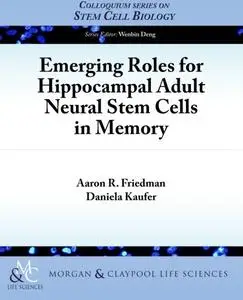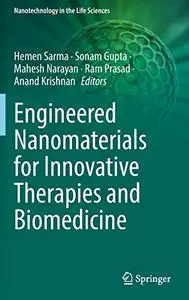Emerging Roles for Hippocampal Adult Neural Stem Cells in Memory by Aaron R. Friedman
English | PDF | 2013 | 41 Pages | ISBN : 1615044760 | 1.7 MB
Approximately 50 years ago, newly generated neurons were discovered in the adult hippocampus of the rat brain. This discovery contradicted a key principle in mammalian developmental neurobiology—that all the neurons of the brain are made during early development—and led to intensive study to find out how new neurons are generated and how the process of neurogenesis is regulated. Since then, a unique population of adult neural stem cells has been identified, and many of the molecular pathways that control their self-renewal, proliferation, and cell fate have been elucidated. However, the presence of new neurons in the adult brain also poses intriguing functional questions that have, as yet, gone largely unanswered. Why is adult neurogenesis restricted to select brain regions? What functional benefit do these new cells confer? Indeed, the field of adult neurogenesis offers a unique opportunity to study naïve neurons as they mature, form connections with existing neural networks, and begin to participate in information processing. We review the basics of adult NSC biology and the maturation of newborn neurons. In particular, we focus on new neurons in the hippocampus, and how they contribute to function in this key memory-forming structure of the brain.



